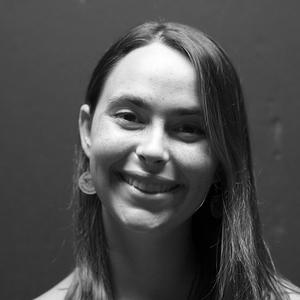Sullivan: Sanders’ unexpected popularity means playing catch up
From a billionaire reality star at the forefront of American politics to a 15-year-old candidate drawing votes purely on his alias campaign name, the 2016 primary is certainly unusual.
Anti-establishment has hit mainstream politics as frustrated voters no longer trust the current political system. For the Democrats, no other candidate embodies this rebellion more than the 73-year-old Vermont senator who will make you #FeelTheBern.
Bernard “Bernie” Sanders may have had an office on Capitol Hill for almost 25 years – first as a Vermont congressman and later as a senator – but his frustration comes across as genuine, his rhetoric addresses a broken system and he wants to win your vote as the candidate who knows the establishment well enough to turn it upside down.
The Democratic hopeful’s campaign events have moved to larger venues, as seen in South Carolina last week, and Sanders has come to expect crowds in the thousands across his national campaign trail. However, as we learn more about this rising candidate, we see Sanders struggling to catch up with a campaign that has already come much farther than he had originally bargained for.
Because the Vermont senator never expected his burst of popularity, he failed to address his competition and appeal to key groups early in his campaign. Unless Sanders can pick up the pieces he left behind, his chances of winning the nomination are next to none.
In a CNN interview during the fledgling moments of his campaign for the presidency in April, Sanders slammed income inequality, big billionaire campaign contributions and directly refused to criticize his biggest competition: former Secretary of State Hillary Clinton.
Now as a sizeable Democratic contender, the first hurdle, while still not choosing to openly attack his competition, is finding divisive differences between himself and Clinton.
On Sunday, Sanders tried to make the distinction on CNN’s State of the Union when listing a series of his unique policy points and repeating, “That is not Hillary Clinton’s position.” Sanders is currently trailing Clinton by 7 points in Iowa and leading by the same margin in New Hampshire, though nationally still has a hurdle to climb at 22 points compared to the former Secretary of State’s 45.
Not only is Sanders playing catch-up on his offense against the Democratic frontrunner, but the independent senator is finally addressing his general lack of support from minority groups. A June poll shows that Clinton enjoys 61 percent of support from nonwhite voters with Sanders lagging behind at 9 percent.
Sanders’ leaps in the polls in key swings states are significant, though it is important to note that both Iowa and New Hampshire also have largely white populations which are 88 and 92 percent, respectively. These numbers reflect the fact that Sanders has important, lost time to make up for in order to win key voters he never addressed four months ago.
Sanders has already experienced multiple interruptions by Black Lives Matter protesters, and the junior senator realizes he has a significant gap that could prevent him from beating Hillary Clinton for the Democratic nomination.
Though the senator had never capitalized on addressing racial inequality in the early stages of his campaign, now that he is bringing issues including criminal justice reform and police brutality to the forefront, it is clear that Sanders has got the message.
While it is uncertain how wide this gap is and if he has enough time to fill it, we can certainly expect to see him continue to try in the coming months.
Keely Sullivan is a senior broadcast and digital journalism and French dual major. Her column appears weekly. She can be reached at kasull02@syr.edu and followed on Twitter @specialksully.
Published on September 3, 2015 at 1:59 am






